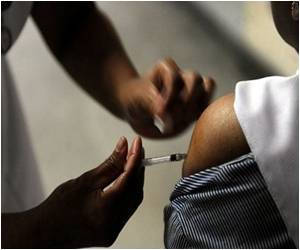The mathematical model for infectious disease transmission like measles was used to estimate the size of outbreak, which increased with declining vaccination coverage.

‘Measles can be reduced by removing the nonmedical personal belief exemptions for childhood vaccination.’





A mathematical model for infectious disease transmission was used to estimate distribution of an outbreak.Economic costs per measles case came from published literature.
The authors estimate that even a 5 percent decline in MMR vaccine coverage in the U.S. would result in an estimated three-fold increase in national measles cases in children ages 2 to 11, for a total of 150 cases and an additional $2.1 million in public sector costs. Those estimates would be higher if unvaccinated infants, adolescents and adult populations were also considered.
The size of outbreaks increased with declining vaccination coverage, according to the results.
Study findings should be considered within the limitations of the model assumptions and data.
Advertisement
Advertisement










